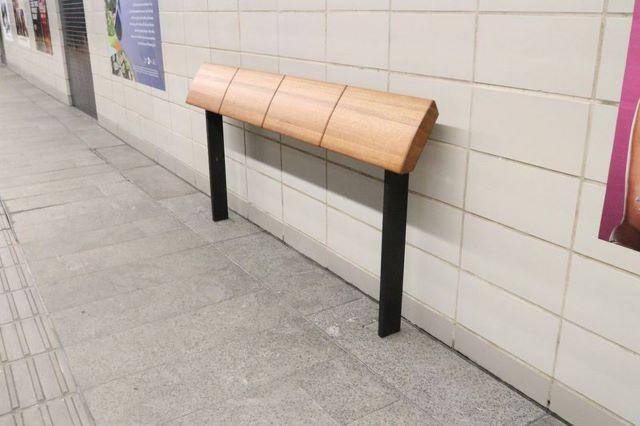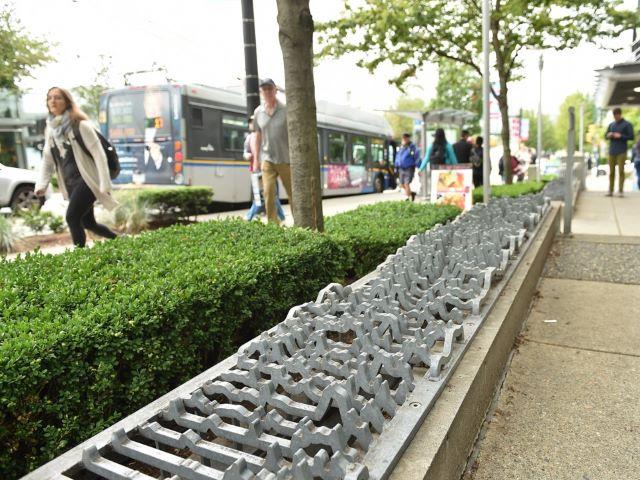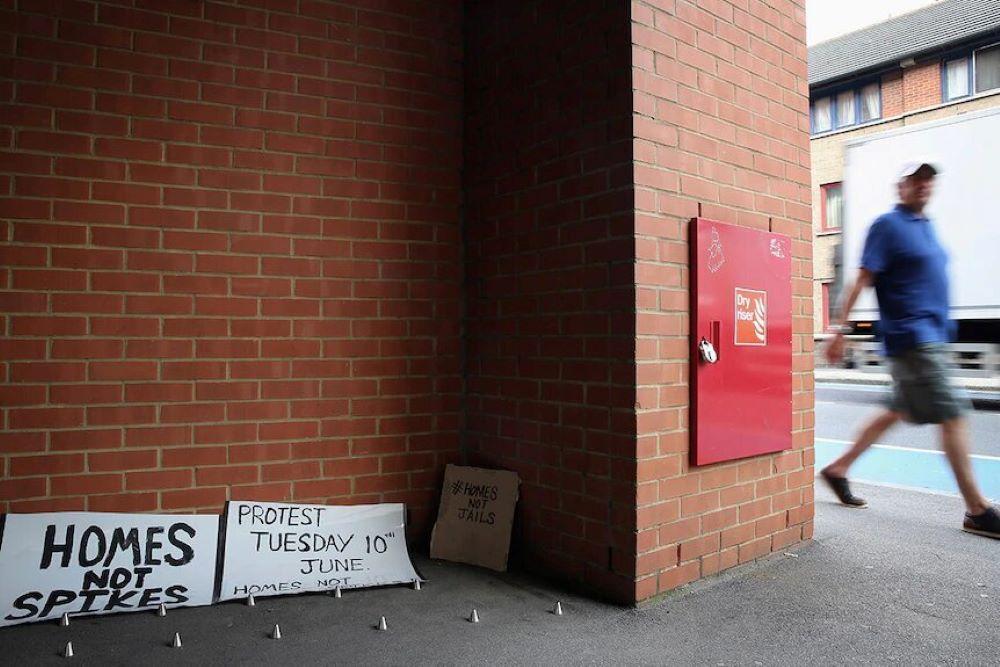By Georgia Rousta,
The different lives of strangers merging together even for a few moments, the infinity of possibilities, the captivating architecture transporting you back to a different time and age or forward to a world undefined. Such can be only a few of the beauties that a city lover may seek when in town. Most of us become engrossed in the contentment of wondering around enjoying whatever images the city has to offer and the plethora of lives in which one can picture themselves in that we fail to observe potential problematic aspects of the city’s design.
In contrast to the magical feeling of freedom oneself and the opportunity for success, in a big city, there is little to no possibility of not facing the phenomenon of homelessness. Whatever the reason leading part of society to the lack of a home may be, the homeless seem to represent an important percentage, different in various cities, of the urbanite population. Setting aside the way that the government chooses to treat homelessness, referring to their attempt to diminish it, I found interest in the way that some parts of the world decide to exclude or – more likely – hide living in the streets by “hostile architecture”.

Hostile architecture or anti-homeless architecture is a term used to define the way that chosen urban designs can restrict behaviors of people dependent on public spaces, such as the poor or the homeless, even the youth or skaters. Examples of said architecture are ill-shaped benches or armrests between public seats, spikes on different public areas preventing people from resting there, rocky studded or textured pavements, street blocking objects such as flower planters or less pleasant alternatives (boulders, rocks, etc.) adding to the lack of green of an urban site, barriers around heat emitting air ventilation restraining the vulnerable from finding some relief from the cold during the wintertime.
The choice of similar to these designs results in forcing people living on the streets to find a different place to sleep and keep their possessions, deepening the struggles of a part of the urban population in need. Other than the fact that the poor and the homeless are the ones mostly affected by hostile architecture, it should not go unnoticed that other citizens are becoming limited to their choices, as well. The young are being deterred from hanging out in public places, skaters do not have the ability to exercise their sport in previous skating hotspots and when hostile architecture is not hidden behind the upgrading of the city’s greenery and aesthetic, it can even lead to the disfiguring of its character and atmosphere.
But the hostility created via such measures runs deeper than keeping people from sleeping on the streets and preventing skateboarding and hangouts in public areas. Textured pavements prevent those who need the help of a wheelchair to move around from getting out of their houses and doing their chores around town on their own or even just enjoying themselves outside their homes. For similar reasons, the elderly who need the help of a cane to walk around are at risk of hurting themselves by walking on those studded pavements.
As we are seeing the phenomenon of hostile architecture in big modern cities, such as New York, we shall not turn a blind eye to the citizens who need the help of a guide dog or a mobility cane, due to their lack of sight, to walk safely in the city. How should they be able to navigate around the city when they have to deal with unnecessary objects blocking their way and having to find a different route just to get by their everyday lives? People with mobility and sight problems should not feel unwanted in their own cities. On the contrary, they should feel free to navigate as easily as every other citizen.

As in every other matter that holds a mostly problematic front, there seem to be some aspects of hostile architecture that add to the safety of citizens. Through some forms of hostile architecture, an attempt to prevent terrorist attacks and loitering and to keep things in order is detected. To some, the prevention of sleeping on the streets that an anti-homeless urban design strives for is included in its upsides. In reality, it is only a cover for poverty and homelessness and not an actual attempt to treat it resulting in only a brief and perfunctory solution.
Wherever one may stand in regard to hostile architecture, the question of its morality withstands. Although, the minimizing of one’s freedom of activity, movement, and choice of places to socialize is one matter, still important and necessary for a citizen to feel free, included, and normal in their city and still in question of its ethical value, it is another thing to restrict even further the limited options some vulnerable groups of citizens have of finding a space to sleep and surviving overall. The answer to the moral question mark of creating barriers to the already rigidly barricaded way of living of some is clear and non-negotiable.
References
-
‘Hostile Architecture’: How Public Spaces Keep the Public Out, New York Times, nytimes.com. Available here
-
The debate: Is hostile architecture designing people — and nature — out of cities?, CNN, edition.cnn.com. Available here




